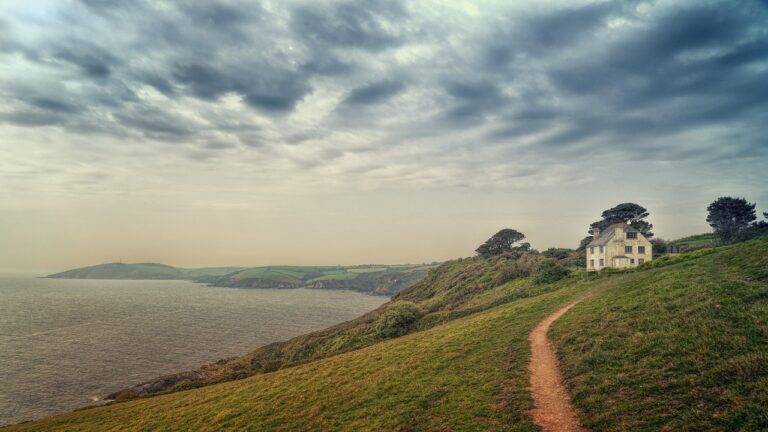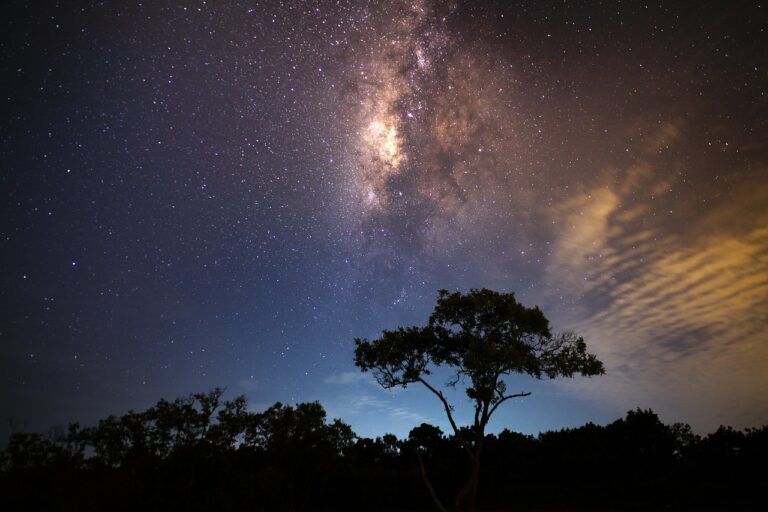Exploring Iconic Desert Landscapes and Sand Dunes
Desert landscapes are characterized by their arid and dry conditions, with limited rainfall throughout the year. The lack of vegetation and water sources is a key feature of deserts, creating vast stretches of sandy terrain and rocky surfaces. These harsh environmental conditions result in extreme temperatures, with scorching hot days and cold nights, making it a challenging habitat for living organisms.
Another notable feature of desert landscapes is the presence of unique landforms such as sand dunes, canyons, and rock formations. The constantly shifting sands and erosion have sculpted the terrain over time, creating stunning landscapes that are both rugged and mesmerizing. These geological features contribute to the distinct beauty of deserts, attracting visitors from around the world to witness the natural wonders of these harsh yet captivating environments.
Unique Flora and Fauna of Desert Regions
The harsh environment of desert regions has led to the evolution of unique flora and fauna that have developed impressive adaptations to survive in such extreme conditions. Many desert plants have evolved to store water in their leaves, stems, or roots, allowing them to endure long periods of drought. Some plant species have also developed spines or thorns to deter herbivores and reduce water loss through transpiration.
Aside from plants, desert regions are also home to a variety of fascinating fauna. From elusive nocturnal animals like the fennec fox and desert hedgehog to iconic species such as the camel and rattlesnake, desert ecosystems boast a diverse range of wildlife. These animals have adapted to the arid conditions by developing unique behaviors, such as foraging for food at night to avoid the scorching daytime temperatures.
What are some key features of desert landscapes?
Desert landscapes are characterized by sparse vegetation, extreme temperatures, limited precipitation, and vast stretches of desert sand dunes or rocky terrain.
What makes the flora and fauna of desert regions unique?
The flora and fauna of desert regions have adapted to survive in harsh desert conditions, often developing specialized features such as water-storing succulent plants and nocturnal animals with efficient cooling mechanisms.
What are some examples of unique flora found in desert regions?
Some examples of unique flora found in desert regions include cacti, Joshua trees, agave plants, and desert wildflowers that bloom after rare rainfall events.
What kinds of animals can be found in desert regions?
Desert regions are home to a diverse array of animals, including camels, desert foxes, rattlesnakes, scorpions, roadrunners, and various species of lizards and birds adapted to the arid environment.
How have plants and animals in desert regions adapted to survive?
Plants and animals in desert regions have adapted in various ways to survive, such as developing water-storing mechanisms, nocturnal habits to avoid extreme heat, and specialized camouflage or defense mechanisms against predators.





